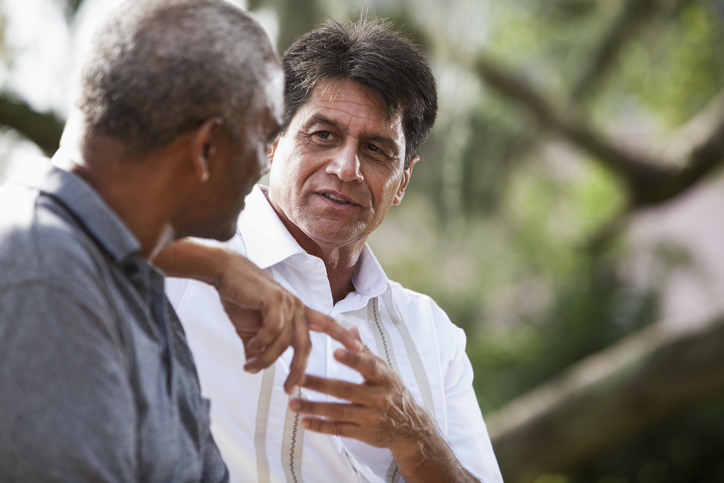Living with Chronic Pain
How to Help a Loved One Manage Their Chronic Pain

Exercising together

Many people believe that all types of exercise worsen pain symptoms, but that simply is not true. Exercising can increase flexibility, reduce pain levels, improve physical function, control weight, improve cardiovascular fitness, fight fatigue and improve mood. Encouraging a loved one to gradually begin gentle exercises, such as walking, swimming or water aerobics, will help them better manage their chronic pain symptoms. Attending an exercise class or setting aside 15 minutes every day to exercise with a loved one with chronic pain provides them with support and encouragement.
Cooking and sharing a well-balanced diet

A well-balanced healthy diet consists of omega-3 fatty acids, fruits, vegetables, unprocessed whole grains, beans, plant based protein and anti-inflammatory spices. Anti-inflammatory foods reduce inflammation, which helps to decrease pain levels. Cooking and/or sharing healthy meals together not only promotes health, it can also be enjoyable!
Encouraging a balance of activity and rest

Listening to your loved one when they need to slow down and get some rest is important. At times, gentle reminders to rest are needed. Prolonged overuse of the affected area can exacerbate symptoms, so they may need to pace themselves to avoid undesired flare-ups.
Extending a helping hand

If a friend of family member is struggling with daily activities as a result of their chronic pain, doing small tasks for them makes a world of difference. Helping with household chores, dropping off a meal or buying groceries can positively impact an individual’s life.
Emphasizing the importance of relaxation

Suggesting the practice of relaxation techniques, such as deep breathing exercises, meditation, music therapy, etc., is a good idea. Relaxation techniques help individuals with chronic pain gain a sense of control over their pain and stress. Massage therapy can relieve tense muscles and reduce stress as well.
Providing emotional support

The simple act of listening provides invaluable support. Individuals with chronic pain can feel isolated and alone. Learning about a friend or loved one’s pain by reading literature, watching videos or speaking to a professional is helpful.
Participating in distraction

Distraction is a powerful tool for pain reduction. Encouraging new hobbies, such as gardening, sewing, knitting, painting, reading, mentoring, dancing or any hobby that distracts from an individual’s pain, is helpful.

















